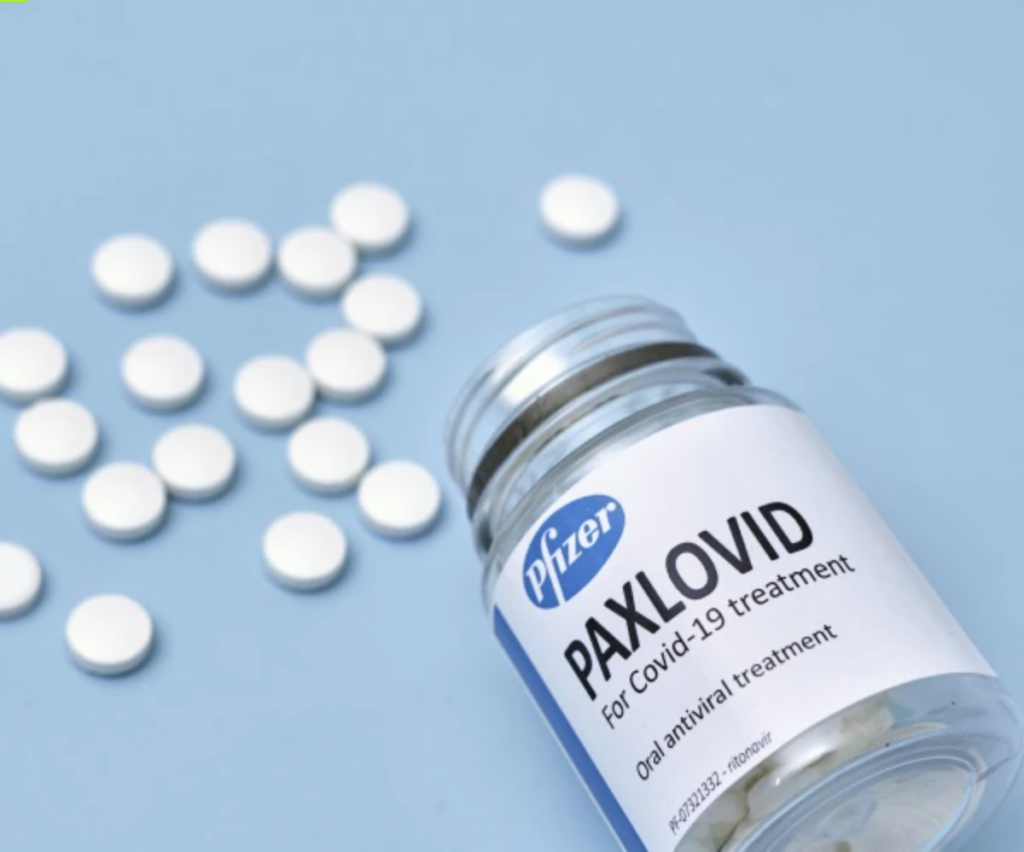Nursing & Healthcare News
The Pfizer COVID-19 Treatment Pill
FDA authorizes emergency use of oral antiviral therapeutic

You’ve probably already heard about Paxlovid, the oral antiviral drug that recently received FDA authorization for emergency use in treating COVID-19. Here’s what nurses should know about this new treatment.
Basic Paxlovid Facts
While it’s made by Pfizer, which also manufactures one of the current COVID-19 vaccines, Paxlovid is an oral antiviral medication, NOT a vaccine. (It’s also not a substitute for being vaccinated.) Here are some more basics:
- It’s not FDA-approved. Paxlovid is currently available on a limited basis under an Emergency Use Auth-orization (EUA) from the FDA.
- It actually contains two drugs. Each dose of Paxlovid includes one to two tablets of nirmatrelvir, which reduces the coronavirus’s ability to replicate, plus one tablet of ritonavir, which makes the nirmatrelvir more effective by slowing the drug’s breakdown in the patient’s body.
- It’s only for patients already diagnosed with mild-to-moderate COVID-19. The EUA doesn’t cover preventive or prophylactic use for patients who have not actually been diagnosed.
- It’s not a cure. However, in clinical trials, a five-day course of Paxlovid reduced hospitalizations or deaths related to COVID-19 by 88 percent compared to placebo.
- Its effectiveness against Omicron is still uncertain. The FDA wants Pfizer to submit a report on the antiviral effectiveness of nirmatrelvir against the Omicron variant by the end of February.
Not for Everyone
Paxlovid is only authorized for high-risk patients. Currently, it can only be prescribed for patients “who are at high risk for progression to severe COVID-19, including hospitalization or death,” but who don’t currently have a severe case. Also:



